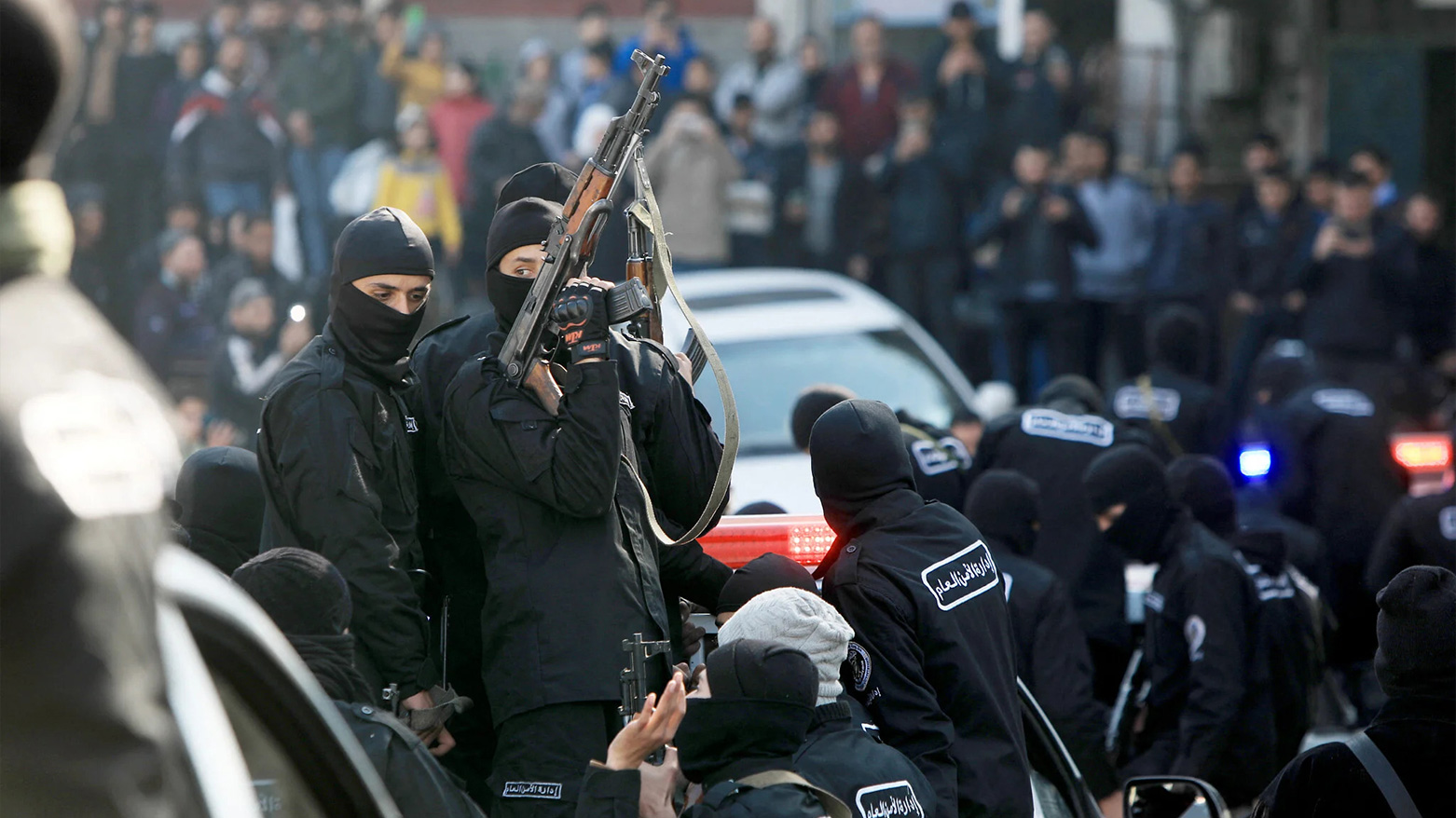Escalating Violence in Syria: 193 Killed Amid Chaos, Impersonation of Security Forces
In the latest report, SOHR documented that 35 former regime fighters were killed by forces aligned with Syria’s new government over the past 72 hours.

Jan. 27, 2025
ERBIL (Kurdistan24) – The Syrian Observatory for Human Rights (SOHR) has reported an alarming surge in violence in Syria since the beginning of 2025, with 193 people killed in less than a month.
The deaths, chiefly attributed to local armed groups exploiting a security vacuum, come as Syria navigates a frail post-Assad transition marked by prevalent instability and sectarian tensions.
In the latest report, SOHR documented that 35 former regime fighters were killed by forces aligned with Syria’s new government over the past 72 hours.
However, the violence goes far beyond these clashes.
Since January 2025, 193 individuals, including 5 women, have been killed in acts of revenge, field liquidations, and other violations carried out by local gunmen, many of whom impersonate the Military Operations Department to settle old scores.
Widespread Violations
The SOHR highlighted the increase of violent acts in areas like Homs, Hama, Latakia, and Damascus countryside, where local armed groups have exploited the leadership of the Military Operations Administration to commit atrocious crimes, including field executions, corpse mutilations, and random arrests.
Victims include informants, officers, government employees, and individuals targeted for sectarian or political affiliations.
According to the Observatory Homs witnessed the highest number of killings (92), including 59 cases due to sectarian affiliation.
Hama followed with 46 deaths, with 28 linked to sectarian violence.
Latakia, Damascus countryside, and Tartous also saw considerable fatalities, largely driven by sectarian and political motives.
These local militants often join the Military Operations and General Security departments without undertaking proper training, further deepening the chaos.
Many are displaced individuals or former fighters who returned to their areas, leveraging the chaotic environment and access to weapons to settle personal vendettas.
Impersonation of Security Forces
The SOHR observed that local gunmen have been impersonating security and military authorities to target religious minorities, including Alawite, Shiite, and Murshidi communities.
These actions have included random arrests, public humiliation, and assaults on religious symbols, creating an atmosphere of fear and distrust among civilians.
Despite the Military Operations Department disowning these acts and vowing answerability, the brutalities continue to weaken efforts to stabilize the region.
The SOHR documented that on Jan. 24, dozens of armed individuals involved in violations in Homs were arrested, but systemic issues persist.
Sectarian and Political Implications
The ongoing violence underlines the deep sectarian and political divides that have afflicted Syria for years.
Sectarian tensions remain a crucial factor and drive of the unrest, with sectarian killings making up a significant proportion of documented fatalities.
Political orientations also factor into targeted attacks, further complicating the transitional process.
Calls for Accountability
The SOHR has called on Syria’s new military and government leadership to instantly address these escalating violations.
"The continuation of these brutal acts does not serve the stability of the region but rather deepens the suffering of civilians and increases societal tension," the Observatory stated, calling for adherence to international humanitarian law and the protection of civilian lives.
Regional Context
This wave of violence comes against the backdrop of Syria’s transition following the collapse of Bashar al-Assad’s regime in December 2024.
After opposition forces, led chiefly by Hayat Tahrir al-Sham (HTS), seized Damascus, Assad fled to Moscow, leaving a power vacuum that has since fueled lawlessness and sectarian reprisals.
While forces aligned with the new government try to establish order, the chaos, combined with the spread of unregulated local militias, highlights the challenges of rebuilding a nation splintered by decades of conflict and division.